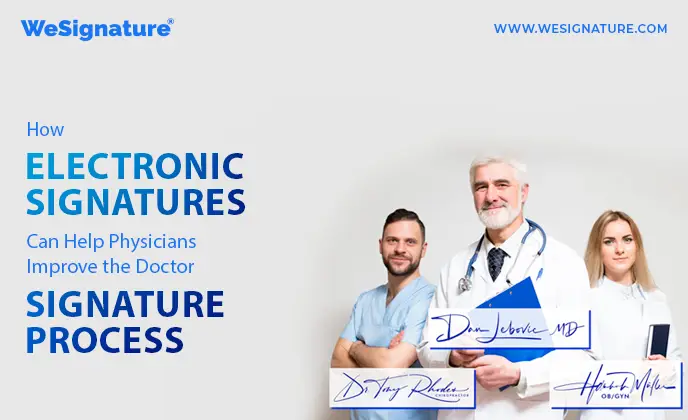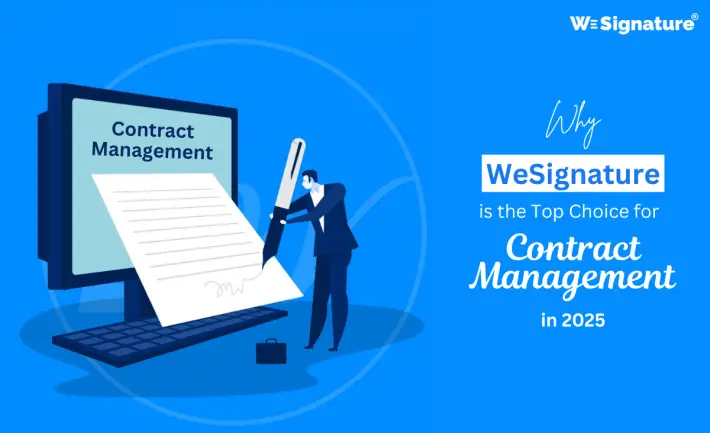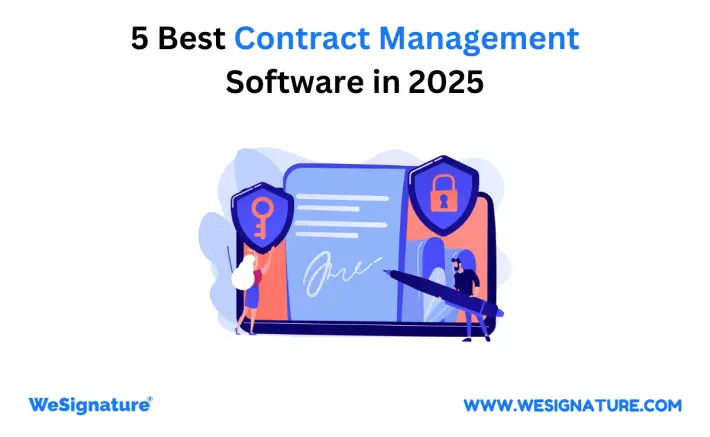How Electronic Signatures Can Help Physicians Improve the Doctor Signature Process

If there is one industry that processes a ton of paperwork and requires HIPAA-compliant electronic signatures, it is healthcare. Almost every procedure, procedure, and authorization requires a physician’s signature or approval from a nurse, physician’s assistant, or administrator. This is why electronic Doctor Signature have become such an important component of daily healthcare practice management system, especially for physicians.
Electronic signatures have changed the rules of patient care.
Many of the processes that the healthcare industry relies on have been significantly improved because of electronic Doctor Signature. Let’s take a look at:
Advanced Security:
By increasing the use of electronic signatures in digital documents, healthcare providers reduce document loss, theft, and falsification.
In addition, they increased patient confidentiality through documents signed by the doctor.
Increased Accuracy of Doctor Signature:
Electronic signatures continue to play an important role in the overall accuracy of medical and physician-signed documents – reducing missing information, increasing readability, and speeding up correction
Speed increased:
Now patients, doctors, and other healthcare professionals can approve, sign, send, and receive important medical documents without having to wait for mail, fax, or courier services and get a doctor signature with a few clicks.
More matches:
If you work in the healthcare industry, you’re probably familiar with HIPAA and its important but strict privacy and security standards.
Electronic signatures have enabled healthcare professionals to share and manage personal health records (PHRs) more securely. HIPAA-compliant electronic signatures have never been easier.
Faster communication:
Faster approvals, faster document submission, faster document sealing—using electronic signatures, health care can be delivered to patients faster than ever before.
Depreciation:
Reduced paper and printing, as well as reduced need for postal and shipping services, have significantly improved the overall budgets of healthcare organizations around the world.
Learn More | Advantages of E-Signatures: Why Your Business Should Embrace Digital Signatures
Advanced Workflow:
Because e-signatures have made it possible to sign and send documents in minutes, it has significantly improved workflow; There was a significant reduction in procedures held by one department or healthcare professional waiting for another.
Overall, this means that patients can be served faster and more services can be provided.
Improved Patient Experience:
Electronic signatures have provided an important avenue for improving the overall quality of patient care.
According to Baker Hospital Review, “Mobile apps and digital communication systems are the obvious means of improving patient engagement.
And from clerical matters to medical care, mobile administrative tools can improve the flow of communication and allow physicians to spend more time with patients.”
While the items listed above are significant additions to electronic signature seen in the healthcare industry, let’s look specifically at how they have improved physician processes and made physician signatures easier to complete.
Ultimately, In healthcare systems, physicians are responsible for signing and finalizing most of the paperwork associated with patient care.
How Electronic Signatures have improved the physician sign-off process
Electronic signatures have greatly improved physicians’ paperwork and documentation processes.
Because many functions of health care systems depend on physician sign-off, it is important to continually improve the methods available to them.
Below we look at some of the most important ways that electronic signatures add significant value to the work of physicians.
Expressions:
Physicians can misplace or falsify paper prescriptions, delaying their delivery to patients who need them. E-signatures and digital prescriptions have simplified this process so that doctors can sign off on life-saving medications, send prescriptions directly to the pharmacy, and ensure their patients get the medications they need when they need it.
Chart Notes/Medical Record:
Medical records and chart notes are the basis for everything that happens in doctors’ offices, hospitals, and insurance companies.
Physicians record everything reported, done, or happened in the patient’s health history in chart notes.
Physicians must often sign and approve chart entries due to their importance. With the introduction of e-signatures, physicians can approve chart entries with HIPAA-compliant e-signatures and deliver them to medical teams faster than ever before.
Legibility of the doctor signature:
Minimize the hassle of reading a doctor’s signature! The doctor signature and handwriting are highly illegible; This has led to a misreading of procedures and statutes.
Electronic signatures allow physicians to issue more readable and well-documented prescriptions and chart records, which means fewer mistakes in patient care.
Approval Process:
Patients received improved care with faster and easier procedure approvals.
Electronic signatures allow doctors, patients, and nurses to approve critical procedures remotely or right at the patient’s bedside.
Enhanced safety and compliance:
Using electronic signatures, physicians can more securely sign and send prescriptions and medical records without the added risk of forgery, theft, loss, or forgery
Using software like Foxit eSign, also known as eSign Genie, will also provide physicians and healthcare organizations the ability to ensure they receive a HIPAA-compliant electronic signature.
Also Read | Ultimate Guide to Implementing E-Signatures for Small Businesses
Saving time:
Busy physicians waste too much time writing paper prescriptions, following up with patients, finding records to review, and getting approval for patient records.
With electronic Doctor Signature and digital documents, physicians can review, submit, and approve documents on the go in their busy schedules without missing a beat.
Drug monitoring:
Electronically signed medications with prescriptions allow doctors and drug enforcement agencies to track subscription histories for certain medications and work to prevent drug abuse and addiction.
Are you ready to get started with electronic document signing?



